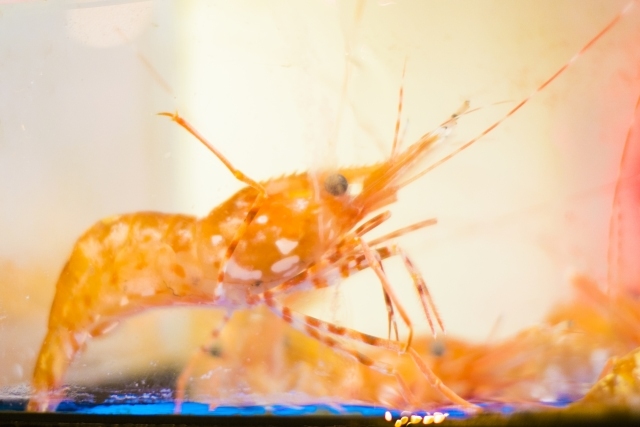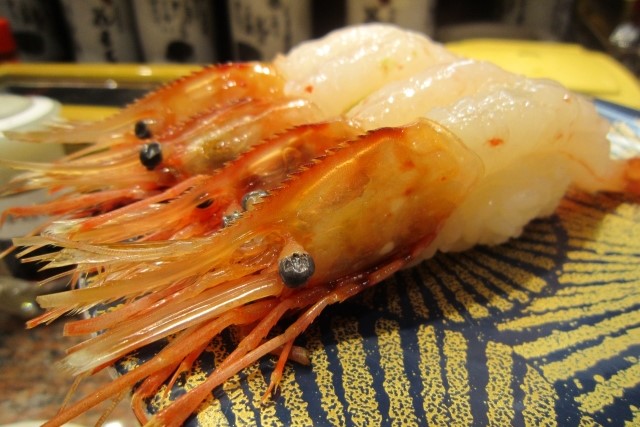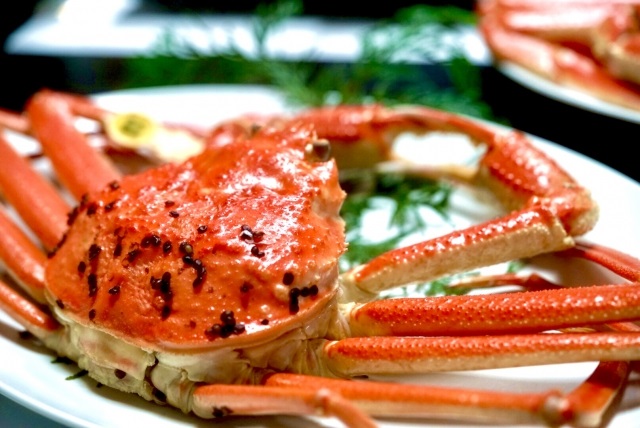Contents
Basic Information
Japanese sushi incorporates a wide variety of seafood (Neta), but among them, the Ootoro, which is the fattiest part of the tuna’s belly, is especially notable. It’s characterized by its soft texture that melts in your mouth. Additionally, there are many types of premium fish, and with the expertise of skilled chefs, they are meticulously prepared to be served to customers in their best condition.
Kanpachi (Amberjack)
Kanpachi is a type of horse mackerel and is known as a luxury fish. The wild ones are rare, and it is usually farmed kanpachi that comes to the market. It can be eaten all year round, but its best season is from summer to autumn. Fresh ones have a resilient texture and a balanced richness and umami flavor.
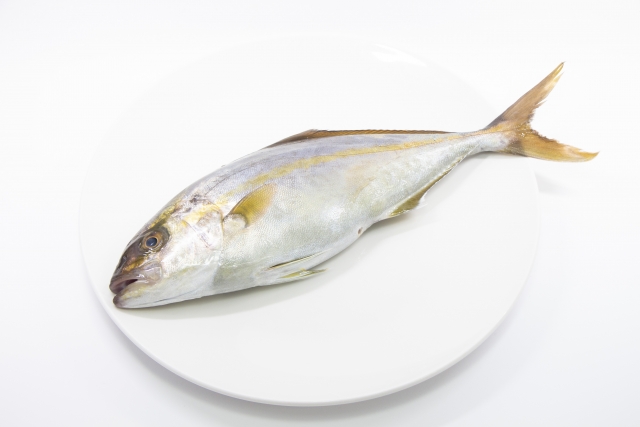
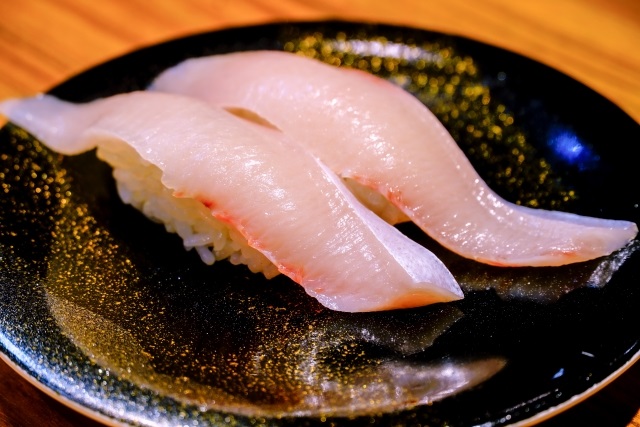
Unagi (Eel)
This fish has adorned Japanese tables since ancient times. Today, 99% of them are farmed. The juvenile eels are born in the deep sea near the equator and grow up in Japanese rivers, carried by ocean currents. These grown juveniles are transferred to ponds and raised to be sold in the market. Unagi is commonly eaten as kabayaki, grilled with sweet and savory sauce, and it is also grilled for sushi because the blood of eels contains toxins.
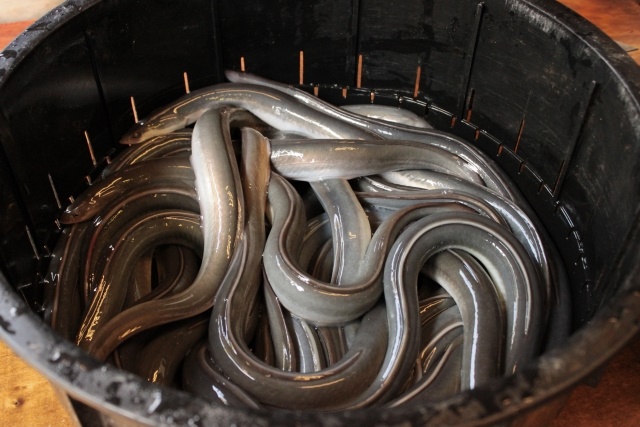
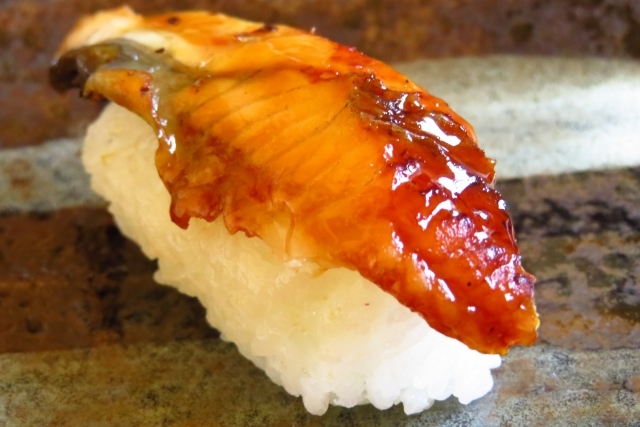
Tai (Red Snapper)
This white-fleshed fish is positioned as a luxury fish due to its particularly deep flavor. It’s considered a good luck fish and is frequently served at wedding ceremonies and celebratory occasions. When eating it as sushi, it is usually blanched with the skin on and then chilled in water to soften it.
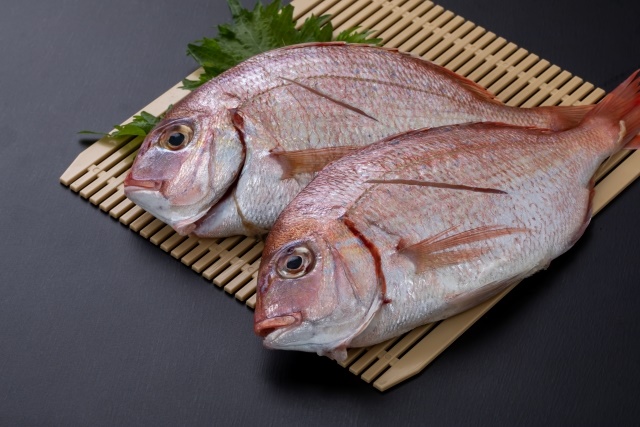
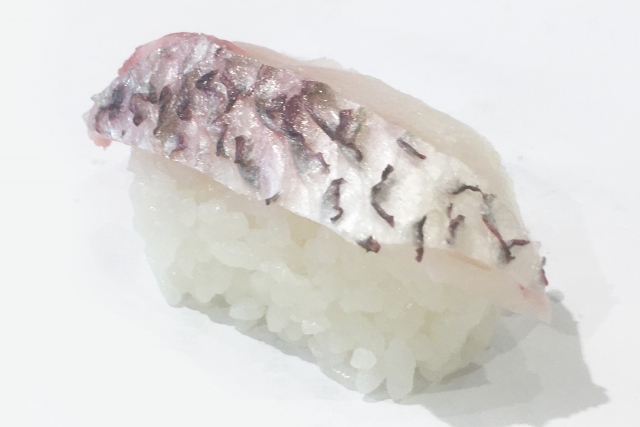
Sekiaji (Horse Mackerel)
While horse mackerel is generally a popular fish, the “Sekiaji” caught in Oita Prefecture in the Kyushu region is an exception and is rated as a luxury fish. Here, the temperature change is small and there is an abundance of plankton, which is the food for these fish. As a result, the fish that are caught have a moderate amount of fat and a firm texture. Moreover, because they are caught with a rod rather than a net, they come to the market in a fresh condition without any damage to their flesh.
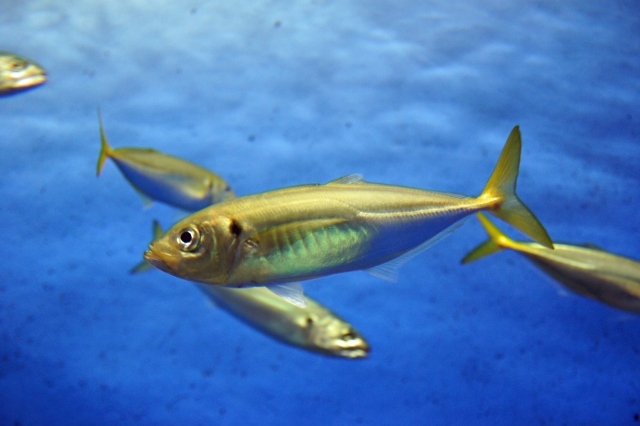
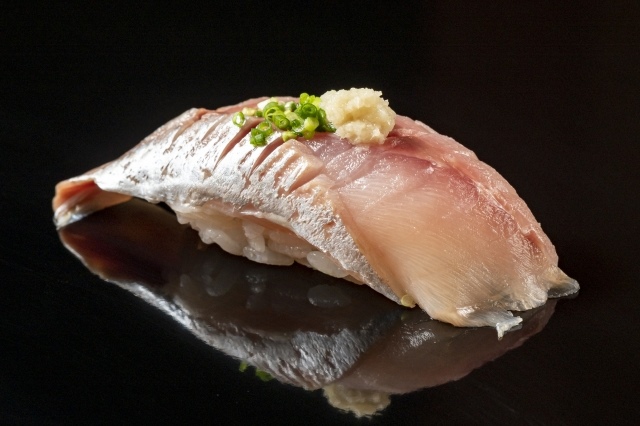
Zuwaigani (Snow Crab)
This is a medium-sized crab mainly caught in the Sea of Japan. Its season is from autumn to spring, and you can enjoy it in various dishes such as hot pot, sushi, and sashimi. When it is made into nigiri sushi, the meat from its legs is placed on top of the white rice.
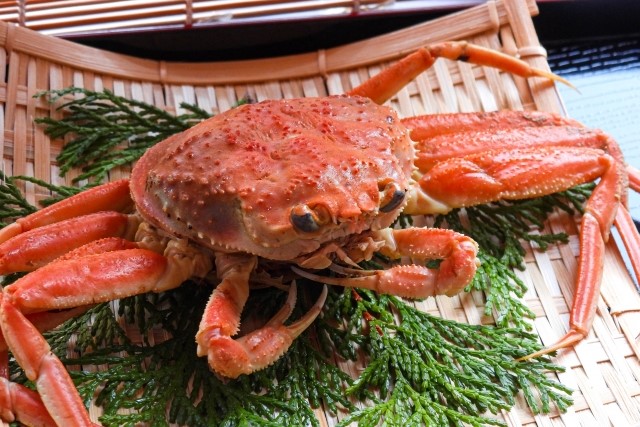
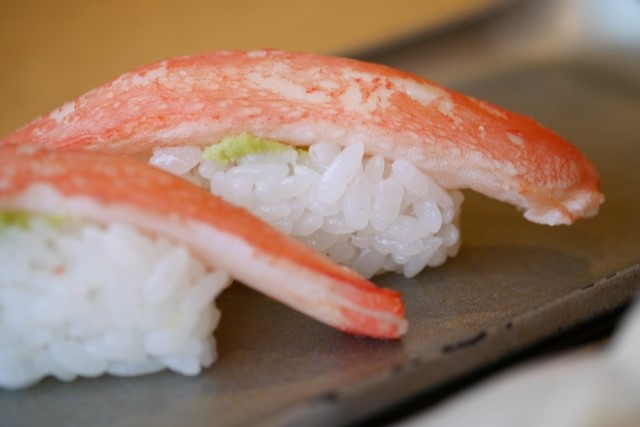
Kurumaebi (Kuruma Shrimp)
This shrimp is representative of Japan, and the wild ones are rare, with most of them being farmed Kuruma shrimp. It is a low-calorie food ingredient with little fat, and in nigiri sushi, it is used either raw or boiled.
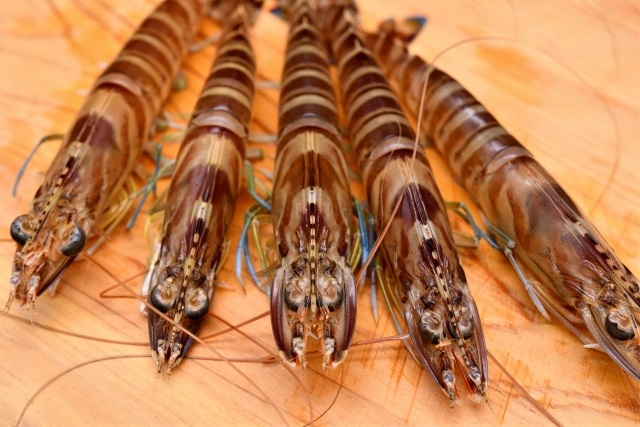
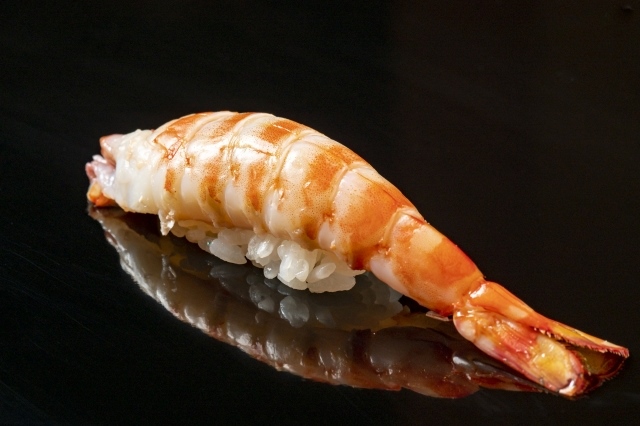
Botanebi (Botan Shrimp)
This shrimp, mainly caught on the Pacific side, is something you can only find in high-end sushi restaurants due to its price. The flesh is elastic, and its melting texture and sweetness in the mouth are distinctive.
